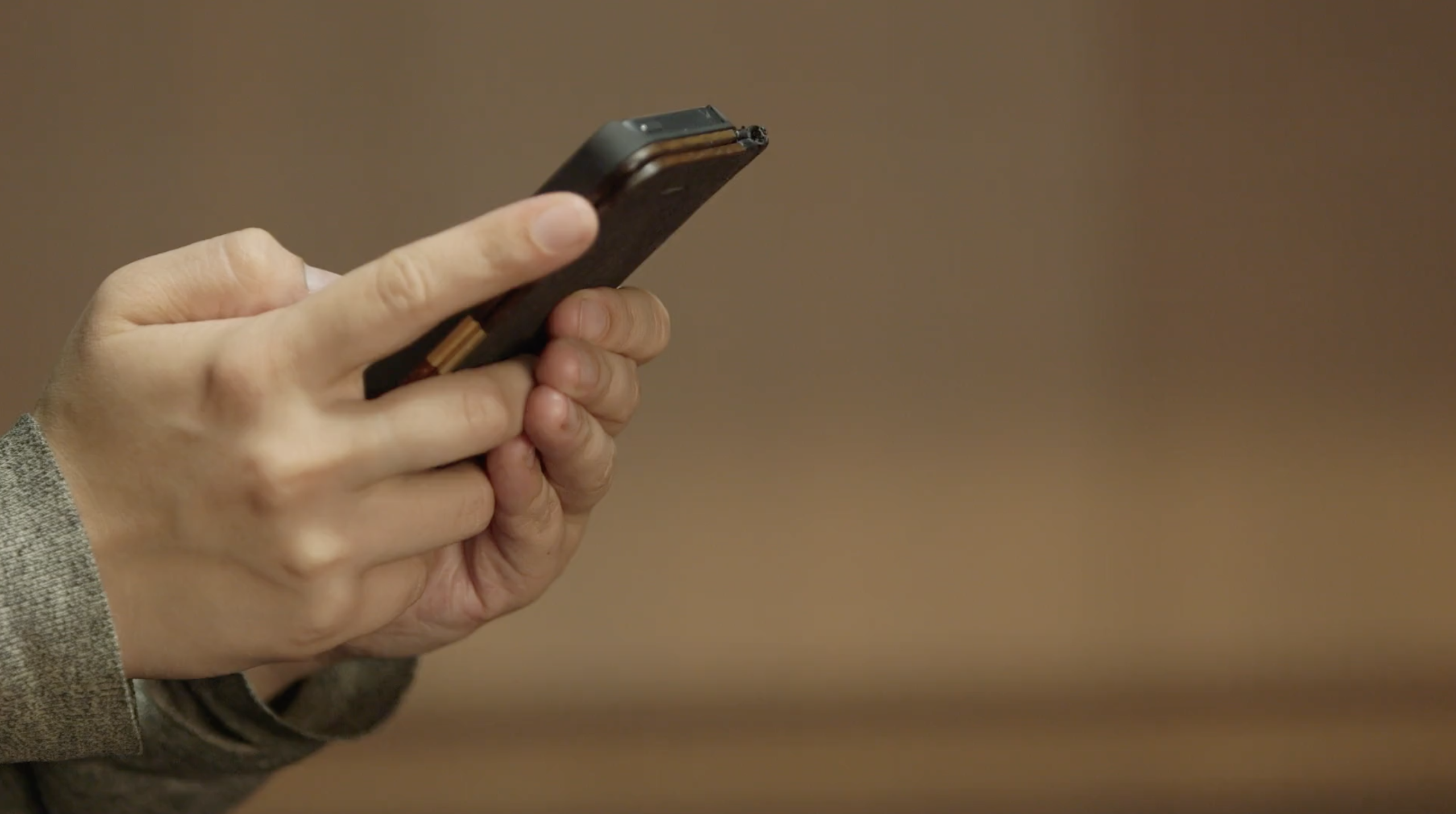Checklist for planning a multimedia story
A 12-point checklist to help with planning your first multimedia story

We know there are lots of things to consider when planning multimedia content, from the structure it will take and the media to include, to its overall content design, and the experience you want to create.
A well-planned multimedia story results in a better experience that drives the reader through the narrative.
So, before you set off on your next storytelling adventure, we hope the checklist below will help bring all of these factors together, and ensure your final story has a great structure, engaging flow and use of media that will truly bring the story alive!
Plus, you can learn more about multimedia and interactive storytelling in our guide to interactive marketing.
1. Find the story
The right story

Ask if your story would be better told with rich media, if a concept will be more clearly explained through interactivity or if a deeper dive on a subject will help to more widely inform.
If the answer is yes, then it's the right story.

2. Break down the narrative
Draw out each stage of the story, and consider how it will all come together, establishing a clear flow from start to finish.

Think just as carefully about how the beginning will invite readers in, how the middle will keep them hooked, and how the end will drive continued engagement elsewhere.
Also, keep an eye on the length of the story. Be strict about what makes the cut.

3. Choose the treatment
Now you know what the story is, and each part to be told, you need to consider the best treatment for each stage of the narrative...

Some parts may be best told with video, interactive features, a series of images, audio, text or a combination.
Consider the flow and treatment from one stage to the next.

4. Decide who's involved
With your chosen treatments in mind, consider the skillsets you need to bring to the table. What about a video producer, or a designer help create visuals? Familiarise them with your storyboard and the treatment in use. If you're using third-party tools, ensure they have an understanding of the available features.
Stuck for ideas? Check out some of the best tools for creating interactive content to find what you need.

5. Set a timetable
Start from when you need to go live with your story and set out mini goals.
Include, where possible, a few days' grace between finishing and publishing, and time to solicit feedback from all necessary channels.
Also ensure the timeline includes testing across multiple devices.

6. Capture your media
When gathering media for your story, bear in mind how visuals could help add to, or even drive, the narrative.
For example:
- Short video clips can help create atmosphere
- Close-ups in profile pieces can help convey emotion
- Bring data to life by using interactive features

7. Optimise your media
Optimising media for viewing across devices is vital. That includes the crop, size and weight of the file. It's easy to forget, so make sure to optimise before you upload.
And, don't let mobile be an afterthought: it's where Shorthand stories get over 50% of their traffic!

8. Cut back
Even if your story is an in-depth, longform investigation — be strict with what makes the final cut.
Use great visuals at the right moment for impact, not littered throughout in the hope that more will equal better engagement.

9. Reflect on the journey
As you bring elements together, think about the reader's journey through the narrative. Does the order make sense? Does one part drive the reader into the next, or does it interrupt the flow?
A fresh pair of eyes could be helpful, so get someone new to navigate the story and seek their feedback.

10. Decide what you want to measure
Before you get close to publishing, think carefully about what you will measure and why.
Prepare the tracking required and, where possible, test it out beforehand.

11. Know your audience
Test the story on the devices you know will be the most important to your audience (revisit your analytics to check what those are).
Also, think about accessibility. How will those who are visually impaired experience your narrative? Check out our deep dive on accessible visual storytelling for more guidance.

12. Plan your
promotion strategy
While this is the last point in the list, it should be something you're planning way before you hit that publish button. It's your responsibility to spread the word! Consider how media in the story could be used to share parts of the narrative on Twitter, for example, where visuals are an effective way to spark engagement.

We hope you've found this 12-point checklist useful. If you'd like to print out a version to keep, please see our support document.
This is an updated version of a Craft post originally published in June 2016.